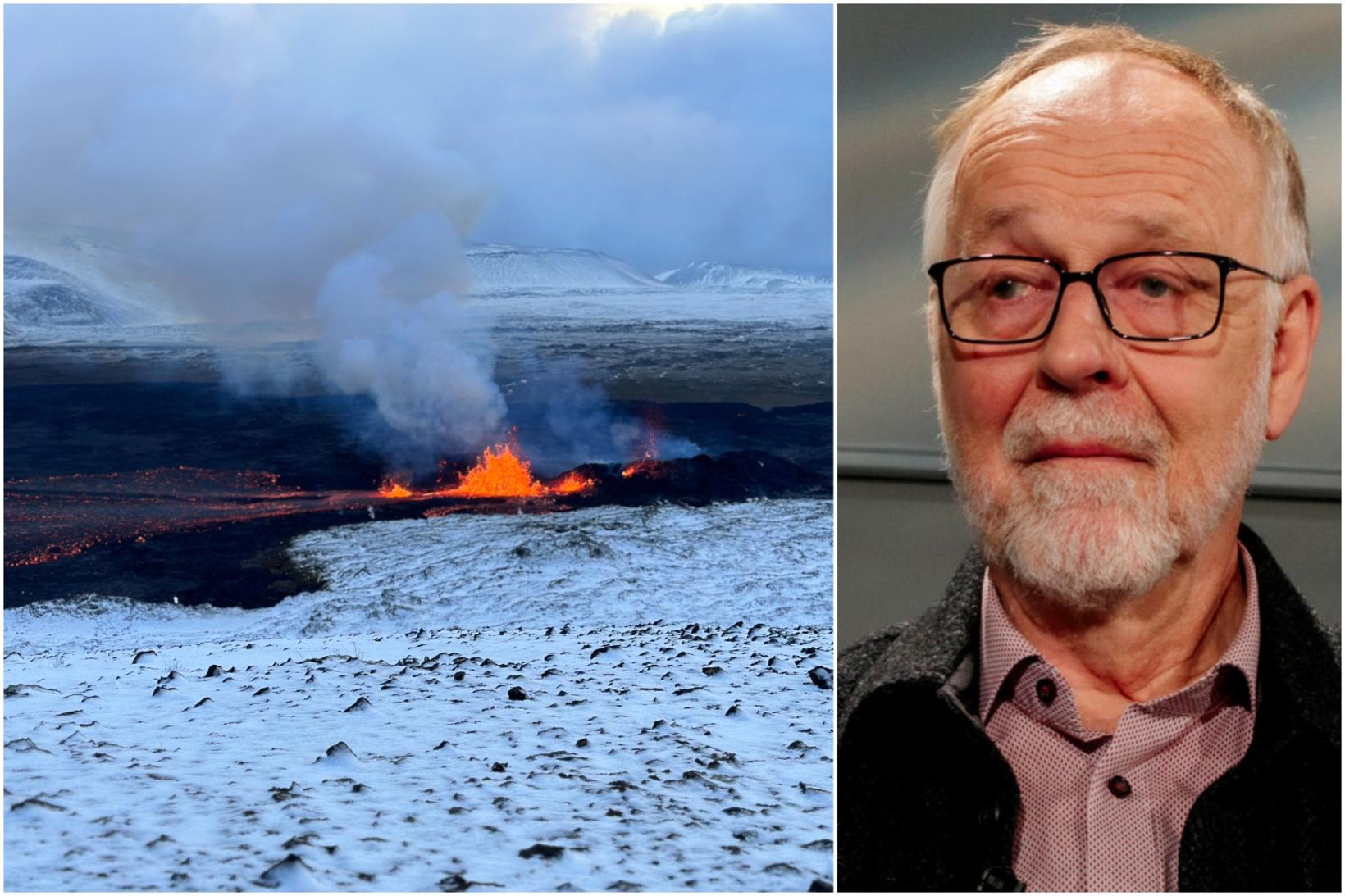"Heading for a magma run before too long"
The ongoing inflation and frequent earthquakes on the Reykjanes Peninsula suggest that a new eruption may be imminent, according to Páll Einarsson, professor emeritus of geophysics at the University of Iceland. "The inflation continues, and earthquakes are occurring correspondingly. Everything points to a magma run before too long," Einarsson stated when discussing the current situation.
Eighth eruption likely imminent
Most indicators suggest that the eighth eruption in the Sundhnúkagígar crater row, which began in December 2023, is about to occur. The most recent eruption in the series ended on December 9. Since then, the magma accumulation beneath Svartsengi has increased, surpassing levels seen before the last eruption, though the rate of accumulation has slowed.
While the precise timing of the eruption remains unclear, Einarsson emphasizes that there are no definitive signs to predict when it will occur. "The situation suggests that it could erupt at any time, but it could also be delayed," he said.
Since the December 2023 eruption, the period between eruptions has been longer than ever before. Einarsson does not rule out the possibility that this delay could result in a more powerful eruption than those preceding it. "Most people think the next eruption will resemble the last three, but given the current inflation, it could actually be larger," he noted.
Uncertainty about the path of the magma
When asked whether the eruption series at Sundhnúkagígar might be coming to an end, and whether another volcanic system on Reykjanes could become active, Einarsson said there are no definitive clues yet. "We simply have to watch carefully. If the eruption follows the pattern of the last one, we’ll know whether inflation continues, as it has often done before."
Einarsson explained that various scenarios are possible after the next eruption, one of which is that the magma flow could shift to other areas on the Reykjanes Peninsula. "This has happened before, and it could happen again. It will become clear when the time comes," he said. "There’s no doubt we’ll see it when it happens."
Ongoing volcanic activity in Reykjanes
Einarsson also noted that the Reykjanes region has been highly active in recent years. Between 2020 and 2021, several volcanic systems—Krýsuvík, Svartsengi, and Mount Fagradalsfjall—showed signs of renewed activity.
"One possibility is that the Krýsuvík system could resume activity," Einarsson said. "There has been at least one instance of inflation there since this current volcanic cycle began."











